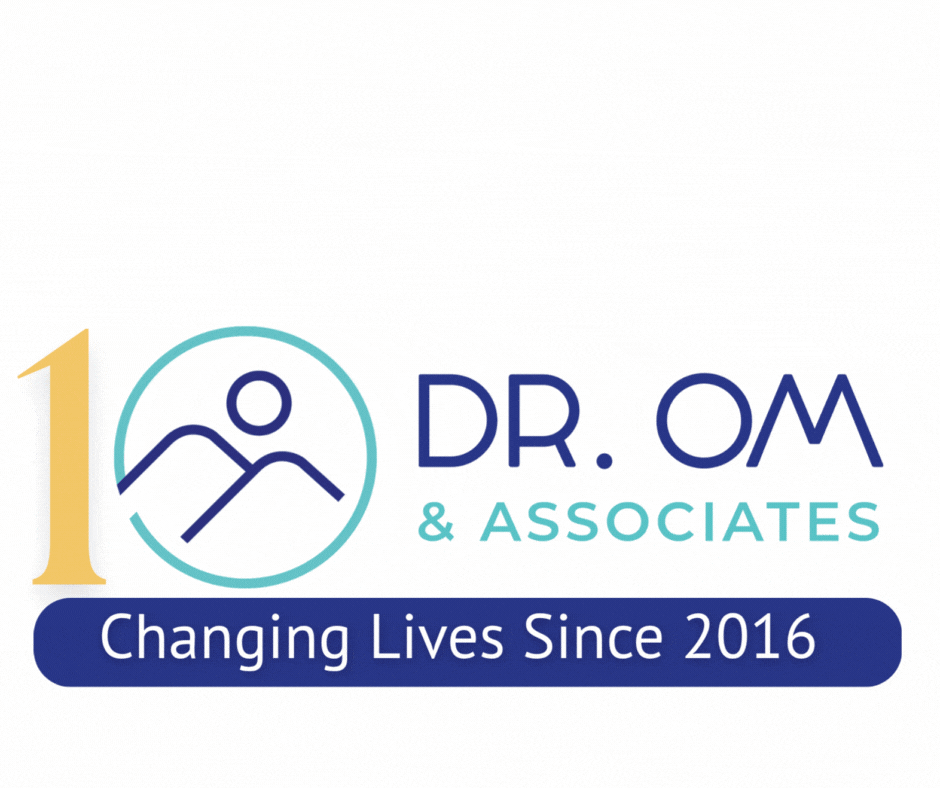I dream of a world where mental and physical health co-exist
- Oberdan Marianetti
- Jul 1, 2022
- 4 min read

I dream of a world where mental and physical health co-exist as complementing therapies and life priorities.
A few days ago, this Instagram story from one of my clients inspired me to share these thoughts on mental health.

If you already agree that speaking about mental health and visiting a specialist are as normal as going to the gym, the dentist or the doctor, please stop reading now and go have fun instead.
Sadly, however, there still is a wide portion of society, who, for many reasons, think of mental health and its services as something reserved for the select few who are seriously ill or imbalanced.
If I break my arm and end up in a cast, I am guaranteed a few concerned questions, some words of encouragement and maybe even a hug from a loved one. After all, I am suffering, right?
If I am diagnosed with cancer, whether I show people my scans to prove it or not, I am also guaranteed some care and love from the meaningful people in my life.
Thank god for these loving people around me, and around us.
BUT…
What happens when my mental health is out of balance?
The likelihood is that most of us would not mention our suffering to anyone for fear of being misunderstood or ridiculed.
Even a well-meaning friend may just tell us to pick ourselves up and get on with life.
It’s not so simple!
I have had my own struggles with mental health over the years, from mild periods of stress to full blown suicidal thoughts.
It was a Saturday night, after a long period of isolation a friend invited me to join her and her friends for a party on the roof top of one of Singapore tallest building (over 50 floors high). The view from the rooftop was spectacular. It was about 11pm and the lights from the city were glimmering alive.
I was standing by the glass wall that separates guests from a long, long way down to ground. Suddenly, in one of the darkest moments in my life, I heard a voice from within, “Look, no one is watching. You can climb this glass wall in 5 seconds, before anyone notices it’ll all be done. No one can stop us. Let’s jump!”
It was a terrifying moment! The voice sounded very convincing and the prospect of putting an end to my suffering felt very real.
The image of my beloved daughter popped into my head, and as quickly as the suicidal thought appeared, it disappeared. I have not experienced such compelling thoughts since.
Let me share what helped me recover and thrive, and I hope you too find the courage to speak up and seek help when you need it.
LOVE
My dearest friends F & L were a pillar of strength and gave me much needed love throughout the months of my recovery.
Only by being open and honest with my friends, I was able to secure their love and support. It was not easy to open up, be vulnerable and honest with my struggles, but I trusted them to receive me as I was, in my pain, and in exchange I received a pillar to lean on in the heaviest moments, and a helping hand to pick me up when I fell.
Most of us would have at least one person in our lives we would feel most comfortable opening up to. Look around, be selective with those you trust, but when you do, let go, speak up and allow the love to flow in, it will replenish you and make you stronger.
THERAPY
The support of a couple of colleagues who took me on as a client was also invaluable.
The opportunity to talk with trained professionals helped me feel understood, process the painful feelings, reframe the unhealthy thoughts and ultimately regain balance.
The end of the process was a much-improved version of myself, as a man, a father, a therapist, a friend and a partner.
ROUTINE
I often speak about the importance of discipline and routines.
I am not obsessive about routines, I never have been, but during my days in the Army I learned the importance for structures, processes and routines. I never abandoned that learning.
When I create routines, which I turn into habits, I free up energy to do creative work and to handle the unexpected twists and turns of every day life.
During those months of struggle, I dedicated myself to daily exercise routines, I took daily ice-baths (I still do to this day), I practiced meditation and I worked hard on my business. Some days felt impossible, other days I dropped the routine as I had no energy to even breathe, but I stuck with it long enough to see the benefits. Small benefits appeared first, they fuelled my desire to keep going, which in turn create even bigger benefits, which generated more energy and motivation still, and today, at almost 50 years of age, I can say I am at my physical, emotional and intellectual best in my adult life.
There are many more reasons why I am alive and thriving today, but it’s fair to say that none would have worked had I not decided to speak to my friends, seek help from my colleagues and be open about the humanity of my struggles.
I dream of a world where mental and physical health co-exist as complementing therapies and life priorities.
Thank you for reading.
Wishing you well,
Oberdan









Therapists work collaboratively with clients to identify goals thegivingtreecentre and measure progress over time.